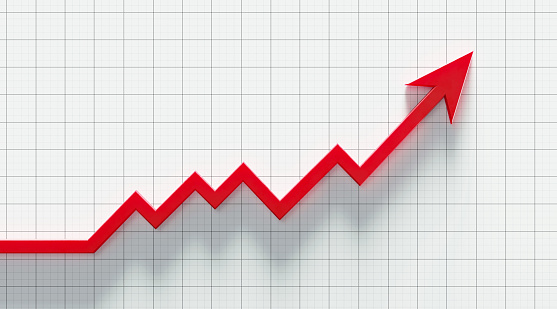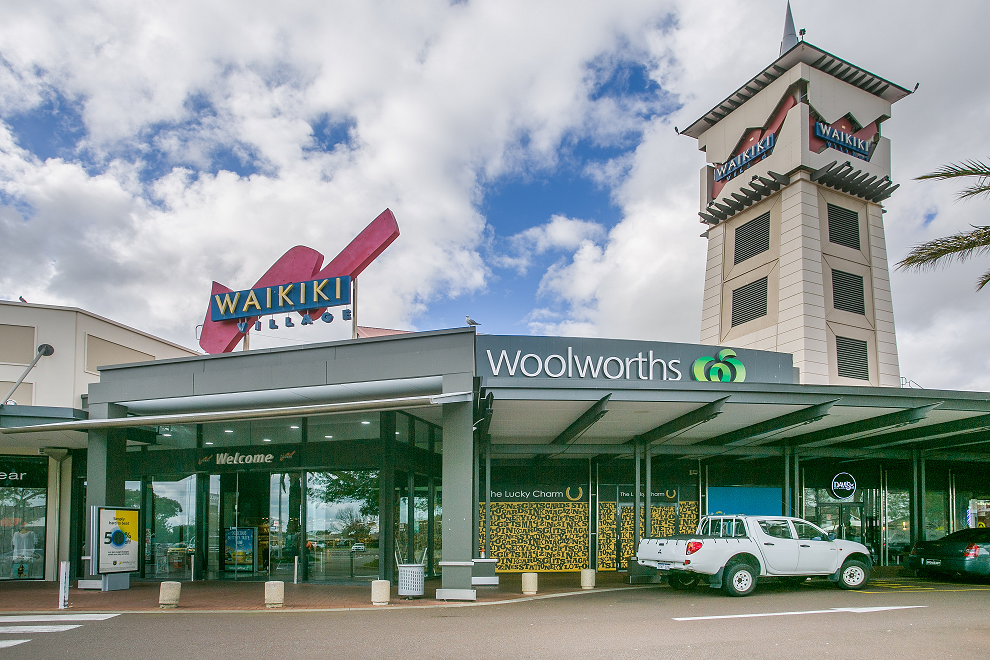Taxation statistics show stamp duty collection reached a record-high in 2020-21
The latest taxation statistics from the Australian Bureau of Statistics shows there was a record-high $23.970 billion in stamp duty collected during 2020-21.
The Australian Bureau of Statistics (ABS) recently published taxation statistics data for the 2020-21 financial year and the data showed an increase in property tax revenue for state and local governments and a surge in stamp duty revenue.
Over the year, property taxes, including stamp duty, accounted for $58.392 billion in taxation revenue for state and local governments, 7.6% higher over the year and equal to a record-high 51.7% of total tax revenue.
Of this $58.392 billion in revenue, $23.970 billion, or 21.2% of state and local government tax revenue was from stamp duty, which was its largest share since 2017-18.
Taxation revenue from stamp duty increased by 25.7% over the year to reach a new historic high as well as recording its largest year-on-year increase since 2009-10 (29%).
Stamp duty revenue reached an historic high over the year in NSW ($9.60 billion), Queensland ($3.954 billion), SA ($1.012 billion) and Tasmania ($348 million), while in Victoria ($6.622 billion) revenue was the highest since 2017-18. In WA ($2.090 billion) stamp duty revenue was the highest since 2007-08, in NT ($91 million) it was the highest since 2016-17 and in ACT ($246 million) it was the highest since 2018-19.
As the above chart highlights, all states and territories recorded a rise in stamp duty revenue with only Victoria recording a single-figure annual percentage increase.
Of course, stamp duty charges aren’t uniform across the country and some states and territories have become much more reliant on stamp duty revenue.
More than 20% of state and local government tax revenue in NSW and Victoria came from stamp duty in 2021, as highlighted by the above chart.
Elsewhere stamp duty accounted for between 10% and 20% of revenue, however, across each state and territory the share rose over the past year.
The charts also highlight just how volatile this revenue source is. While stamp duty accounted for 24.5% of all state and local government tax revenue in 2020-21 in NSW, it was up from 19.5% the previous year.
Most states have seen similar volatility in the share of revenue from stamp duty on a year-to-year basis, which highlights the high level of uncertainty in this revenue source and how state and local government finances are heavily influenced by the performance of the property market and transaction volumes.
Given its volatility, it’s clear that stamp duty is an unreliable source of revenue for governments, and for potential buyers, the impost of stamp duty discourages people shifting homes on a more regular basis.
This fact is essentially acknowledged by state governments given that in most states and territories over recent years, governments have offered stamp duty concessions or waivers for first-home buyers that purchase or build new homes.
As we highlighted, stamp duty revenue isn’t uniform, and the NSW and Victoria state governments have become most reliant on this revenue, which in-turn means they are most susceptible to revenue holes when the market turns.
While it makes good sense to transition away from stamp duty, and this was meant to happen following the introduction of the GST, the challenge for state governments is finding a way to fill that revenue gap.
The reality is, if stamp duty is removed it will need to be replaced by some other form of tax, most likely a blanket land tax, and the transition away from stamp duty to a new tax is the challenging part.
The challenges of reliance on stamp duty are likely to rear their head again over the coming years. While 2021-22 has mostly been a bumper year for property transaction, 2022-23 and thereafter is looking down the barrel of higher interest rates, which is likely to slow price growth and lead to reduced stamp duty revenue.
This is why federal and state governments need to work together to find a way to transition away from stamp duty without the states incurring a significant loss of revenue.
A guaranteed income stream would better allow state governments to plan expenditure into the future without the uncertainty that a tax such as stamp duty creates.
Source – realestate.com.au – 02/05/2022


